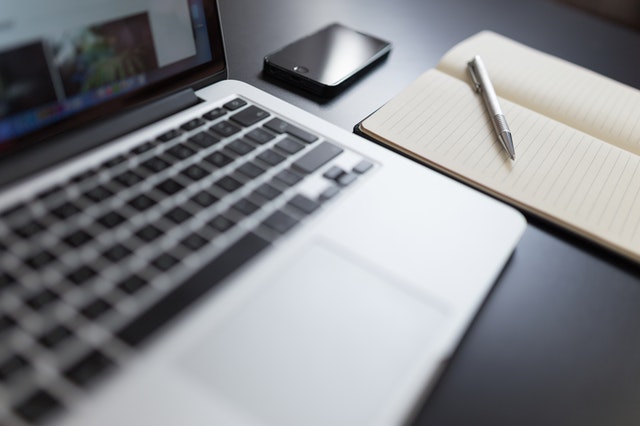The way businesses create content for search engines has changed dramatically over the past few years. Traditional content writing often involved long hours of research, drafting, and optimization before publishing. Today, however, advanced AI tools like Who Needs a writer are redefining how brands approach SEO content writing. These tools not only speed up the process of generating articles but also help in optimizing them for Google rankings, making content creation more efficient and accessible. But does this transformation mean AI will completely replace human writers? Or is it simply a new chapter in how we create digital content?
The Rise of AI in SEO Content Writing
Search Engine Optimization (SEO) thrives on data, keywords, and consistency. AI writing tools have become powerful allies because they can quickly analyze trends, suggest keywords, and create articles around them.
- How AI Supports SEO Efforts:
- Keyword integration becomes faster and more accurate.
- Tools like Who Needs a writer generate topic ideas based on search trends.
- AI can ensure content is optimized for readability, meta tags, and keyword density.
For businesses, this means more opportunities to scale content marketing without sacrificing quality.
Benefits of Using AI Tools Like Who Needs a writer
One of the biggest advantages of AI-driven tools is efficiency. Instead of spending hours drafting and optimizing, marketers can now produce SEO-friendly blog posts within minutes.
- Time Efficiency: AI drastically reduces the turnaround time for content production.
- Consistency: It maintains a uniform style across multiple articles.
- Data-Driven Insights: AI tools analyze search engine algorithms and adapt content accordingly.
- Cost-Effective: Brands save money by producing high-quality content without hiring large writing teams.
For small businesses, tools like Who Needs a writer open doors to professional-level SEO writing without breaking the budget.
Limitations of AI in SEO Content Creation
While AI is transforming the SEO landscape, it’s not without challenges. AI tools primarily work with existing data, which limits their originality.
- Lack of Deep Creativity: AI struggles to craft compelling stories or add emotional depth.
- Risk of Over-Optimization: Sometimes AI-generated posts may overuse keywords, harming readability.
- Generic Tone: AI often misses brand-specific voice or unique perspectives.
For example, while Who Needs a writer can create a detailed blog post, it may not add the personal touch or storytelling flair that engages readers on a deeper level.
The Human-AI Collaboration in SEO Writing
The future of SEO content writing lies not in humans versus AI, but in humans working alongside AI. Tools like Who Needs a writer can handle research, keyword optimization, and draft creation, while human writers refine the narrative, add creativity, and ensure authenticity.
- AI handles: Structure, keyword placement, meta tags, topic generation.
- Humans handle: Storytelling, emotional appeal, and brand alignment.
This collaboration ensures content is both SEO-friendly and engaging, striking the perfect balance between data and creativity.
Case Example: How Businesses Use AI for SEO
A mid-sized e-commerce brand struggling with low organic traffic implemented Who Needs a writer to generate product descriptions and blog posts. Within three months, their content output doubled, bounce rates decreased, and Google rankings improved significantly. The AI provided the framework, while the content team edited and personalized the copy.
This shows how AI can enhance efficiency while still requiring human creativity for long-term brand building.
Final Thoughts: The Future of SEO Content Writing
AI is no longer a futuristic concept—it’s here and actively transforming how SEO content is written. Tools like Who Needs a writer make it easier for brands to produce optimized content at scale. However, the true winners will be those who understand that AI is a partner, not a replacement. By combining AI’s efficiency with human creativity, businesses can craft SEO-driven content that not only ranks but also resonates with readers.









